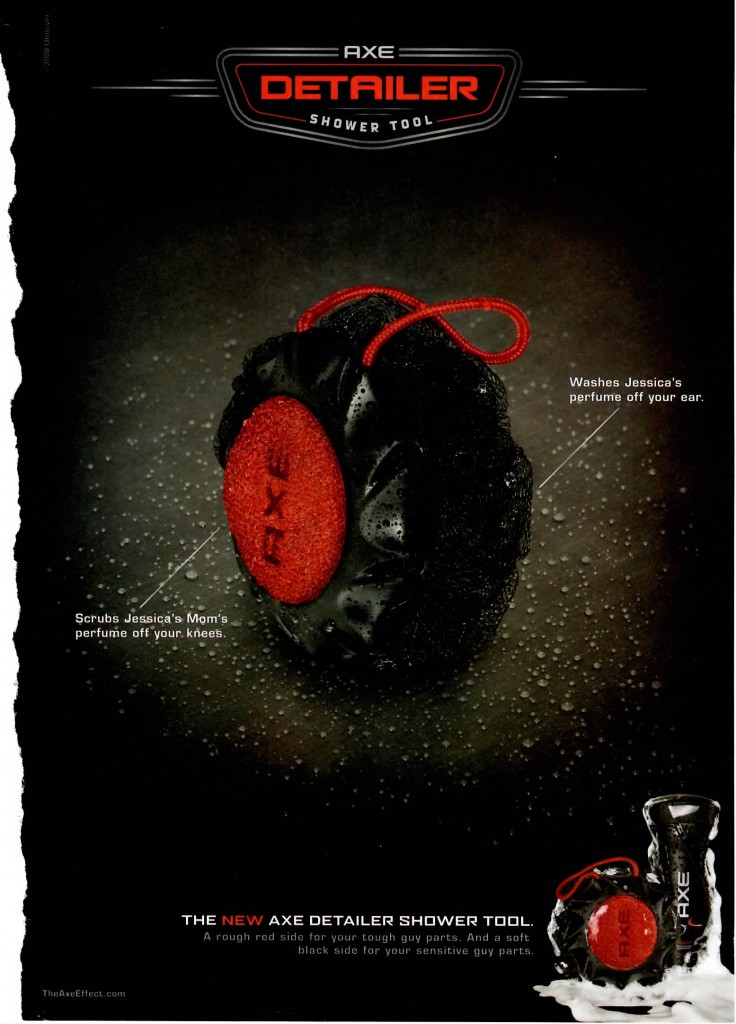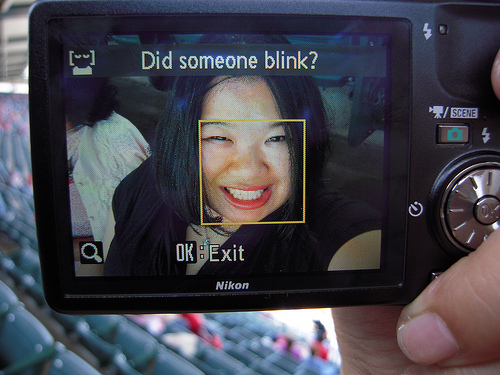Natasha L. sent in a link to the site The Plunge, a wedding planning site for men. She says,
I’m getting married in a month. My facebook knows this, and usually gives me wedding-related ads. Today it had one that said, “Give us your fiance, and we’ll give you a groom. A wedding site written by men.”
Here’s one page:

The site accepts the whole “wedding planning is women’s responsibility, and your wife is going to turn into an insane bridezilla” and “this is the end of your life, buddy” ideas so popular in our culture at the moment; this isn’t a site advocating for men to really be involved in planning weddings, or interested in them. The tone is of a fellow guy who knows how annoying it is that you have to pretend to go through all this shit and pretend you care:


How do you try to convince men that it’s ok for them to read something as stereotypically feminine as a wedding planning website? By implying that not reading it is unmanly, of course! Notice the last paragraph here:

So it’s actually masculine to read the planning site, because by doing so, you are showing that you are clueless about weddings, unlike women–since our “innate, feminine” selves know immediately how to plan them. That’s why you never see wedding magazines or websites designed for women–we instinctually know how to plan them, so there’s no market.
Well, ok, there is a site for women. Here The Plunge differentiates itself from The Knot:

The site gives you helpful tips for avoiding “emasculation”:

There’s a whole page on tips for convincing a woman to take your last name if she’s reluctant to do so. Of course, since this is an enlightened period, The Plunge first tells you that you should maybe just accept your bride-to-be’s wishes…

…but then provides a whole list of tactics, including playing on her future mom-ness by pointing out the kids will have a different name than her and that will be confusing and weird (who’s ever heard of children with a different name than one of their parents?). If she tries to turn the argument back on you by saying that if it’s no big deal to change last names, why don’t you take hers, then…

What I find tiresome about this site is that it pretends
NOTE: Apparently WordPress didn’t post everything I wrote at the end, which is why the post ends abruptly with the above half-written sentence. I’m sure what I originally wrote was brilliant. I know I mentioned that what I hate is that the site pretends to reject all this traditional wedding stuff, but it really totally buys into the idea that weddings are women’s things, and men should do as little as possible. And it’s pretty selective about what parts of modern weddings and marriage it criticizes–it can point out how absurd some of the prices of things are, but not equally mention that it might be stupid to get hung up on your bride-to-be not wanting to take your name?
I don’t remember what else I said, except pointing out that the site helpfully provides tips for if you sleep with someone else before your wedding. Their advice: do not come clean about it, unless a) it happened repeatedly or b) it was with someone the bride knows and she’s gonna find out. Also, it’s not quite as bad to cheat with a stripper as a “random girl.”









